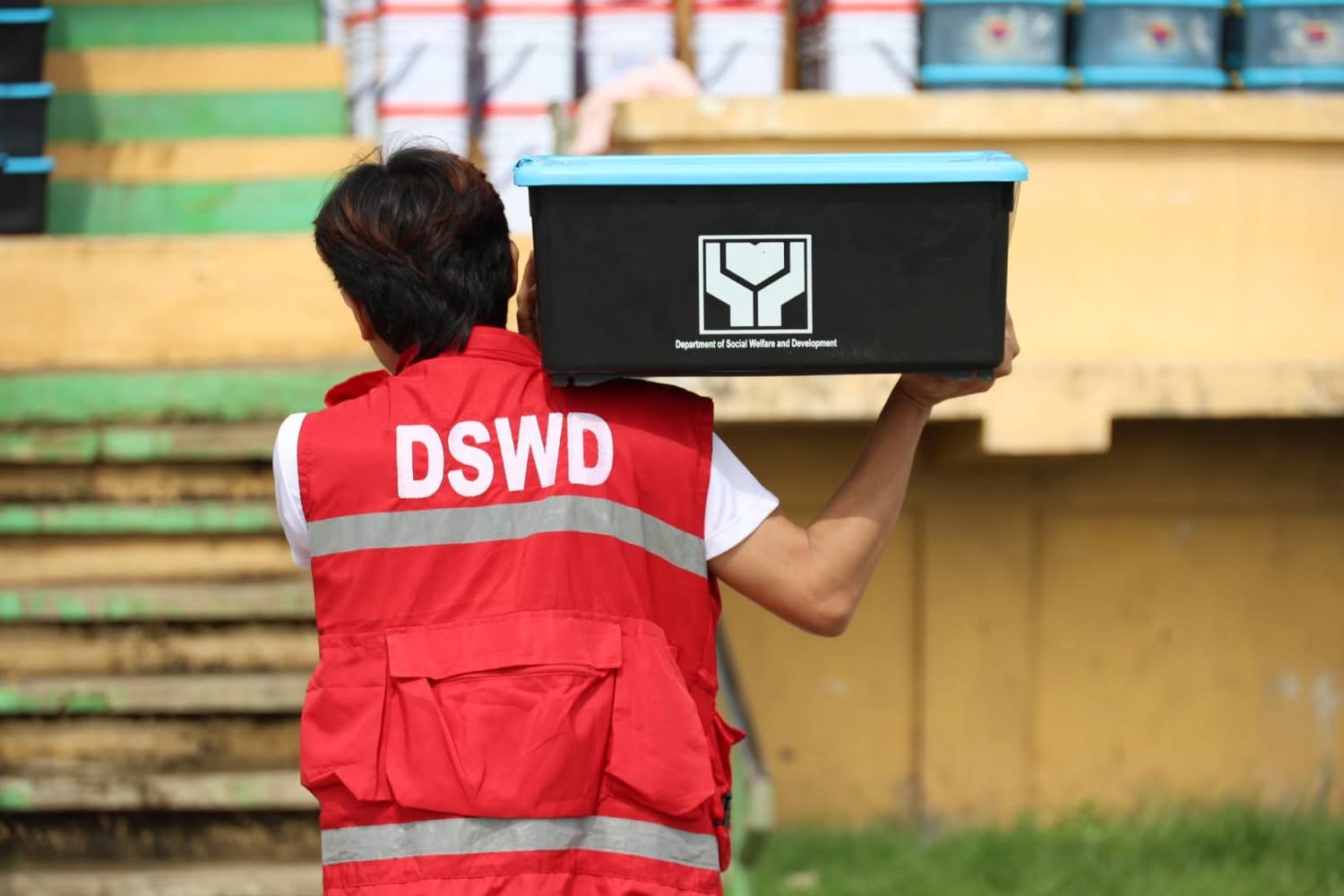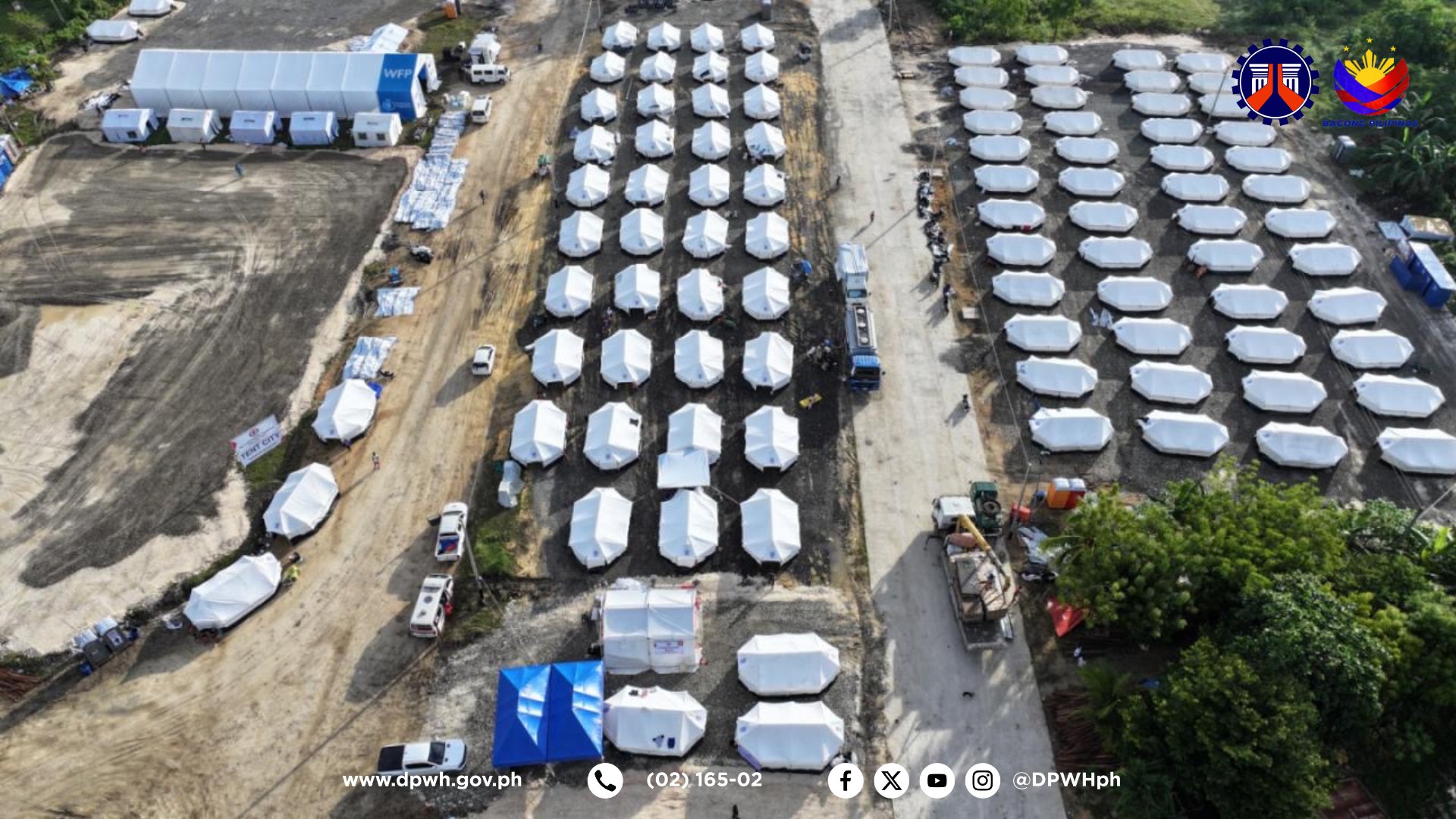
By Brian Campued
The Department of Social Welfare and Development (DSWD) has completed its second wave of food aid in Cebu as residents continue to grapple with the impacts of the magnitude 6.9 offshore earthquake that hit Bogo City last Sept. 30.
This was confirmed by DSWD Disaster Response Management Bureau Director Ma. Isabel Lanada in a news forum in Quezon City on Saturday.
Secretary Rex Gatchalian pledged another batch of 225,000 FFPs to sustain food support for the affected residents while rehabilitation continues.
Aside from the FFPs, the DSWD also distributes ready-to-eat food (RTEF) while its mobile kitchens deployed in Bogo City, Medellin, San Remigio, and Daanbantayan provide hot meals for affected families, especially those who currently stay in tent cities.
Lanada added that the distribution of food and non-food items was followed by the provision of Emergency Cash Transfer (ECT) assistance and psychosocial first aid (PFA) to affected families and individuals.
Upon the directive of President Ferdinand R. Marcos Jr., the DSWD coordinated with concerned government agencies as well as the Philippine Red Cross (PRC) to set up Tent City Evacuation Centers across four localities in Cebu.
As of Oct. 10, about 288 families are currently staying at tent cities in Barangays Cogon and Polambato in Bogo City; 243 families in Barangays Dalingding, Tinubdan, Taminjao, Lanao, Bitoon, Tapilon, and Bakhawan in Daanbantan; 248 families in Barangay Poblacion, San Remigio; and 51 families in Barangay Luy-a in Medellin.
The Department of Public Works and Highways (DPWH) said the Bogo Tent City also includes 33 portable toilets, three bathing facilities, and two unit water stations, along with a food truck and tent for the medical team from the PRC.

The DSWD also established child-friendly and women-friendly spaces in evacuation centers to help address emotional and mental health needs of the vulnerable sector.
Based on data from the Department of Health (DOH), around 1,522 individuals were given mental health and psychosocial support interventions in Cebu.
In the latest situational report of the National Disaster Risk Reduction and Management Council (NDRRMC) as of 6:00 a.m. Saturday, a total of 74 individuals were reportedly killed following the earthquake in Cebu while 559 sustained injuries. All the casualties are still under validation.
About 201,245 families were affected or equivalent to 722,919 persons.
As of 3:00 p.m., the Philippine Institute of Volcanology and Seismology (Phivolcs) has recorded 10,914 aftershocks from the Cebu earthquake—of which, 1,886 were plotted while 45 were felt.
The magnitudes of the aftershocks ranged between 1.0 to 5.1
